Bitwise CEO Hunter Horsley is adding new fuel to the conversation with a headline-grabbing projection: a $50 trillion valuation for Bitcoin (BTC), if the leading cryptocurrency steps fully into the role of a digital alternative to the U.S. dollar.
The essence of Horsley’s message is that he sees Bitcoin not just as digital gold — a comparison that caps its market potential around $23 trillion — but also as a contender against global instruments like the U.S. Treasuries and the dollar itself, markets that combined hover around $50 trillion.
That’s the scale Bitcoin could be playing at, if the world continues to move toward digital value storage, the fund’s head thinks.
It’s not the first time Horsley has painted a bullish picture for Bitcoin’s future, and it fits neatly with Bitwise’s positioning. Under his leadership, the company’s flagship Bitcoin ETF (BITB) holds over 39,000 BTC, currently valued at roughly $3.67 billion.
Bitcoin is an apolitical, digital monetary asset.
The right comparison may be not just Gold (~$23T) —
But also Treasuries and USD (~$50T).
When people want to digitally store value, the latter is often the way.
— Hunter Horsley (@HHorsley) April 26, 2025
The confidence, it seems, is not just rhetorical — it’s on the balance sheet. What’s interesting is how this prediction syncs with recent market behavior. Bitcoin’s price action has been increasingly tied to movements in global M2 liquidity.
Investors expecting a classic Bitcoin boom cycle based on halvings and hype got something more complex instead: the cryptocurrency behaving like a macroeconomic asset, riding global money supply shifts.
If the cryptocurrency is starting to move in tandem with global liquidity trends, it doesn’t just tell a story of crypto enthusiasm — it hints at Bitcoin’s gradual absorption into the mainstream financial system.
Whether or not the $50 trillion scenario materializes, one thing is clear — BTC is no longer just competing with gold or chasing tech stock returns. It’s positioning itself inside the heart of global finance. The real question now: How many investors are ready to bet on that?
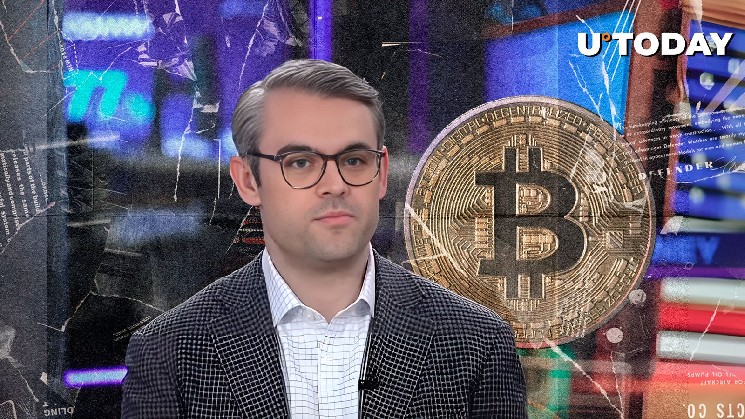
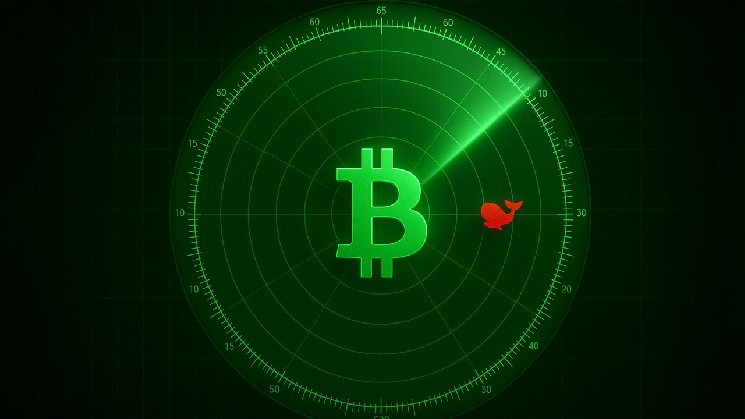
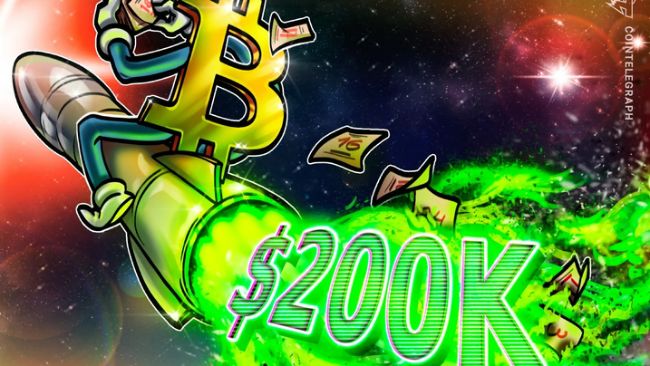

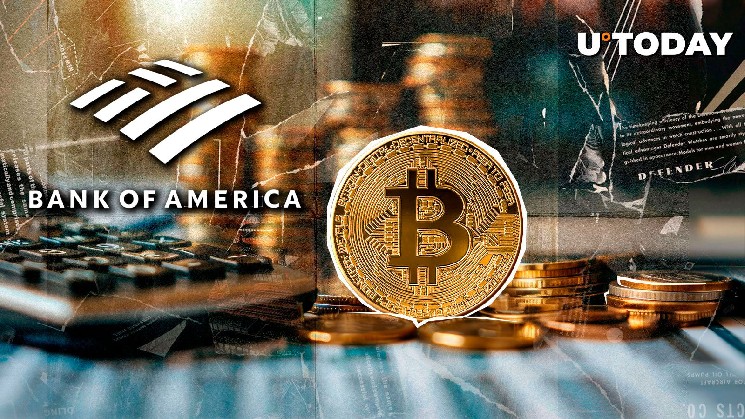

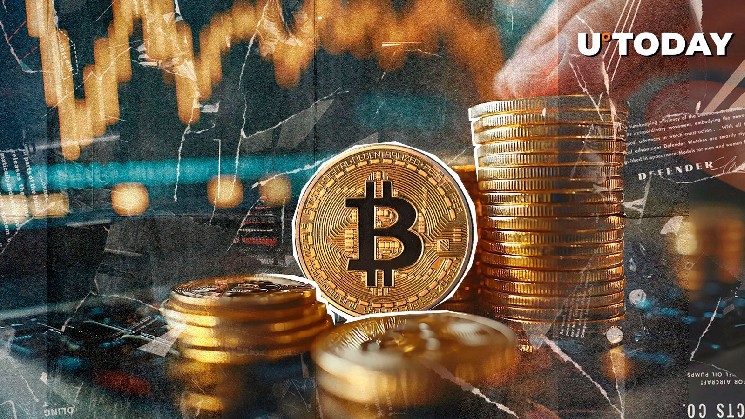

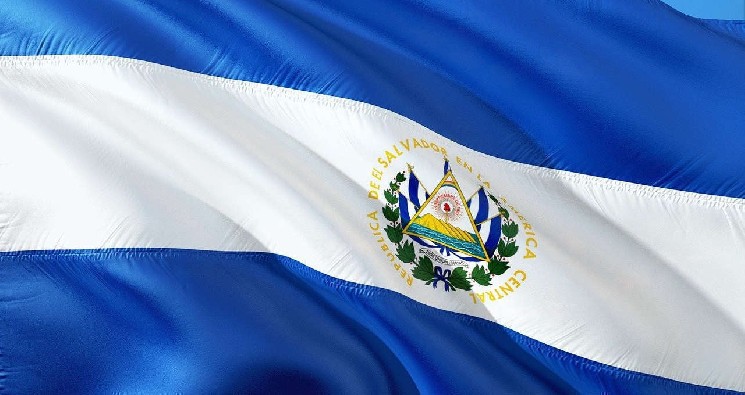



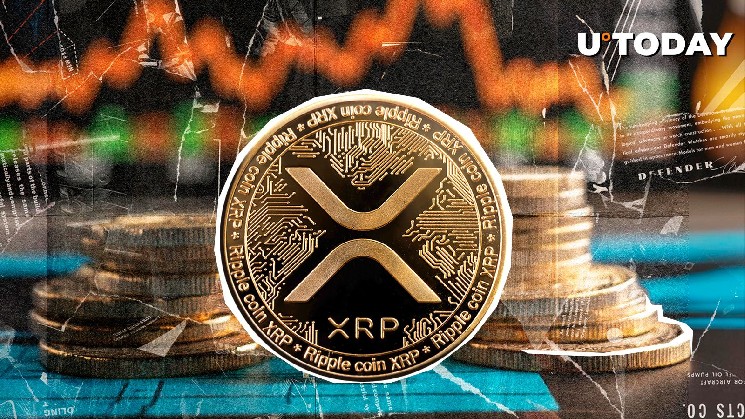
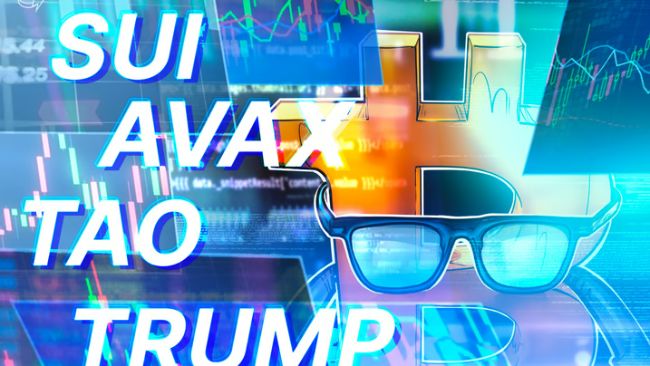
Leave a Reply